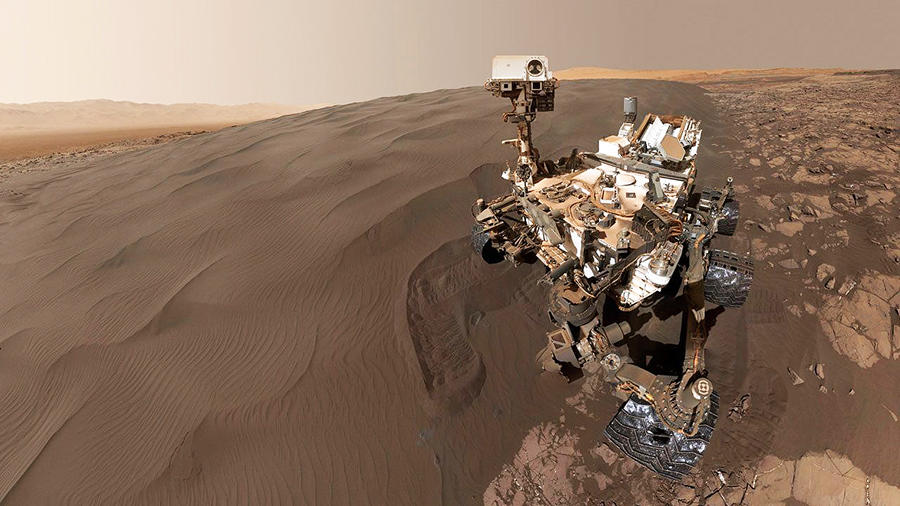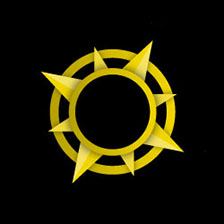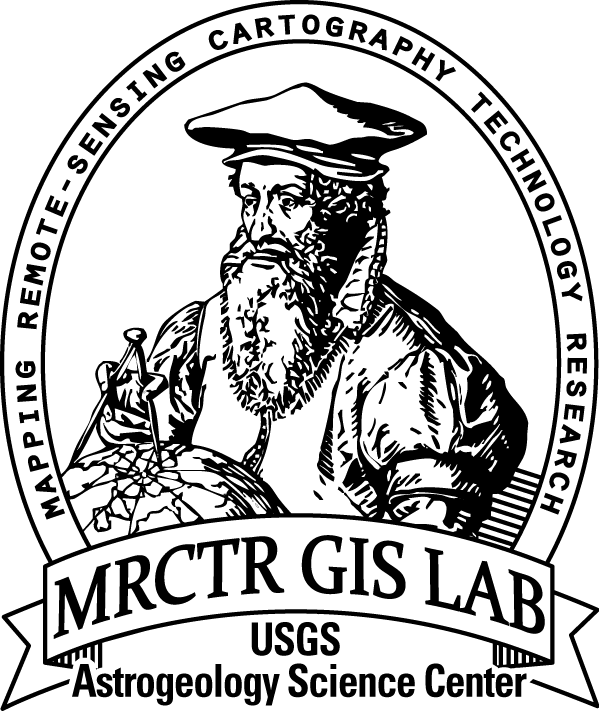Amusing Sand Match on Mars and Earth
7 July 2017 Tim Titus, Space Scientist, and others are conducting research at an analog site at Grand Falls, in Flagstaff, where the sand there resembles the sand on Mars! What an exciting discovery! Not only can scientists use their instruments, make observations, and experiment as they would in the outer world using space technology, at an analog site they can get their hands dirty. You can observe, firsthand, the tools used for this research. In addition, you can find out why it matters which way the wind blows, whether it’s rainy or sunny, or day or night, and why this matters in the scientific interest of sandy dunes on Mars and Earth alike.
Image Credit: NASA

Image Credit: Ryan Anderson, USGS
Excerpt:
" The GF dune field (~1.6 km x 1 km) is located ~70 km NE of Flagstaff, AZ, and just north of the Little Colorado River (LCR). The dunes at GF are in a local topographic minimum, migrating toward higher ground that will impede their progress. This setting is analogous to the setting of an estimated 1000 dune fields on Mars that occur within craters and valleys [1]. A more detailed description of the analog site can be found in Bogle et al. [2]. Most of the dune sand on Mars is likely of basaltic composition [e.g., 3]. Basalt sand is also present in significant amounts at GF, allowing us to observe its behavior under various atmospheric conditions. Bimodal grain size is another sand characteristic common to both GF and Mars [e.g., 4]. "










